Exhibition Booth Design: Importance, Stages, and Impact
Introduction
Exhibition booth design goes beyond creating a simple physical space; it serves as a direct interaction point with customers and a representation of the brand’s identity. From the moment a visitor approaches your booth, its visual appeal and functionality can influence their decision to engage further or make a purchase. Therefore, professional design requires meticulous planning, high creativity, and seamless coordination among different teams.
1. Ideation and Information Gathering
The first step in the design process is ideation. At this stage, the design team gathers relevant information about the company’s goals, identifies the target audience, and analyzes current industry trends to develop a comprehensive vision for the project. Consulting with the client and reviewing successful exhibition examples help designers generate initial ideas for a unique booth. These concepts, aligned with the brand’s visual identity and core values, serve as a foundation for conceptual design.
2. Conceptual Design
Following the ideation phase, the conceptual design stage begins. In this step, initial ideas are transformed into hand-drawn or digital sketches. The goal of conceptual design is to provide an overall view of the booth’s structure, style, and aesthetics, including decisions on booth type (open, closed, or semi-open) and the selection of primary colors. These conceptual designs act as a framework for subsequent design phases, allowing for preliminary evaluation and refinement before moving into detailed design.
3. Detailed Design
Once the conceptual design is finalized, the detailed design phase begins, focusing on both technical and aesthetic aspects. This stage includes planning the placement of reception desks, display stands, lighting, audio systems, and even minor decorative elements. Designers prepare precise floor plans and technical drawings, ensuring that every component of the booth is visually and functionally aligned to create a cohesive experience for visitors.
4. 3D Modeling
To provide a realistic visualization of the final design, 3D modeling is used. Utilizing advanced software such as 3D Max or SketchUp, designers create a detailed digital model of the booth. These models not only represent the booth’s exact dimensions and structure but also allow for simulations of lighting, material textures, and visitor flow within the space. 3D models enable clients to preview the design from different angles and request necessary modifications before the construction phase begins.
5. Usability Testing
A critical step in booth design is usability testing, where the layout is evaluated for functionality and efficiency. This involves simulating visitor movement, assessing accessibility to different sections, and ensuring the comfort of staff. The primary goal of usability testing is to verify that the final design effectively meets both the aesthetic and practical needs of the audience.
6. Final Presentation and Client Approval
After completing the design and usability testing, the final design is presented to the client. At this stage, the design team showcases the 3D model, technical drawings, and detailed explanations for each element. Client feedback is crucial, as it allows for last-minute adjustments and refinements before moving into the construction phase. Securing final approval ensures alignment between the initial vision and execution.
7. Preparation of Construction Drawings
The final step in the design process is preparing construction drawings, which include all technical details, precise dimensions, materials, and execution methods. These drawings serve as a blueprint for the construction team, ensuring that the design is executed accurately and flawlessly at the exhibition site, minimizing errors or inconsistencies.
Conclusion
Exhibition booth design is a multi-stage process that requires coordination, creativity, and precision from ideation to the preparation of construction drawings. Each stage plays a vital role in crafting a space that is not only visually appealing but also provides a functional and memorable experience for visitors.

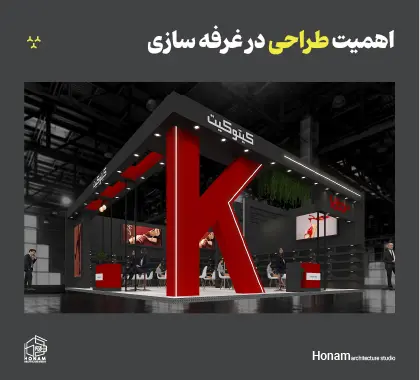
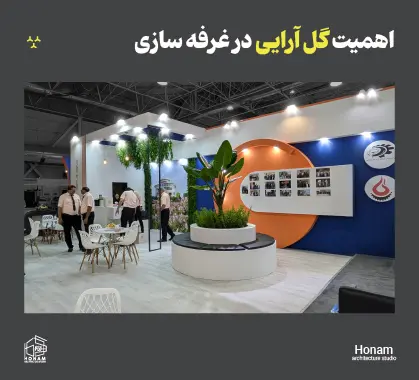
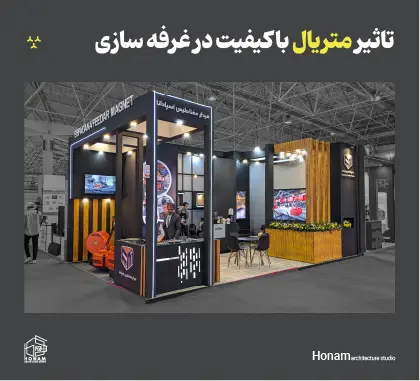
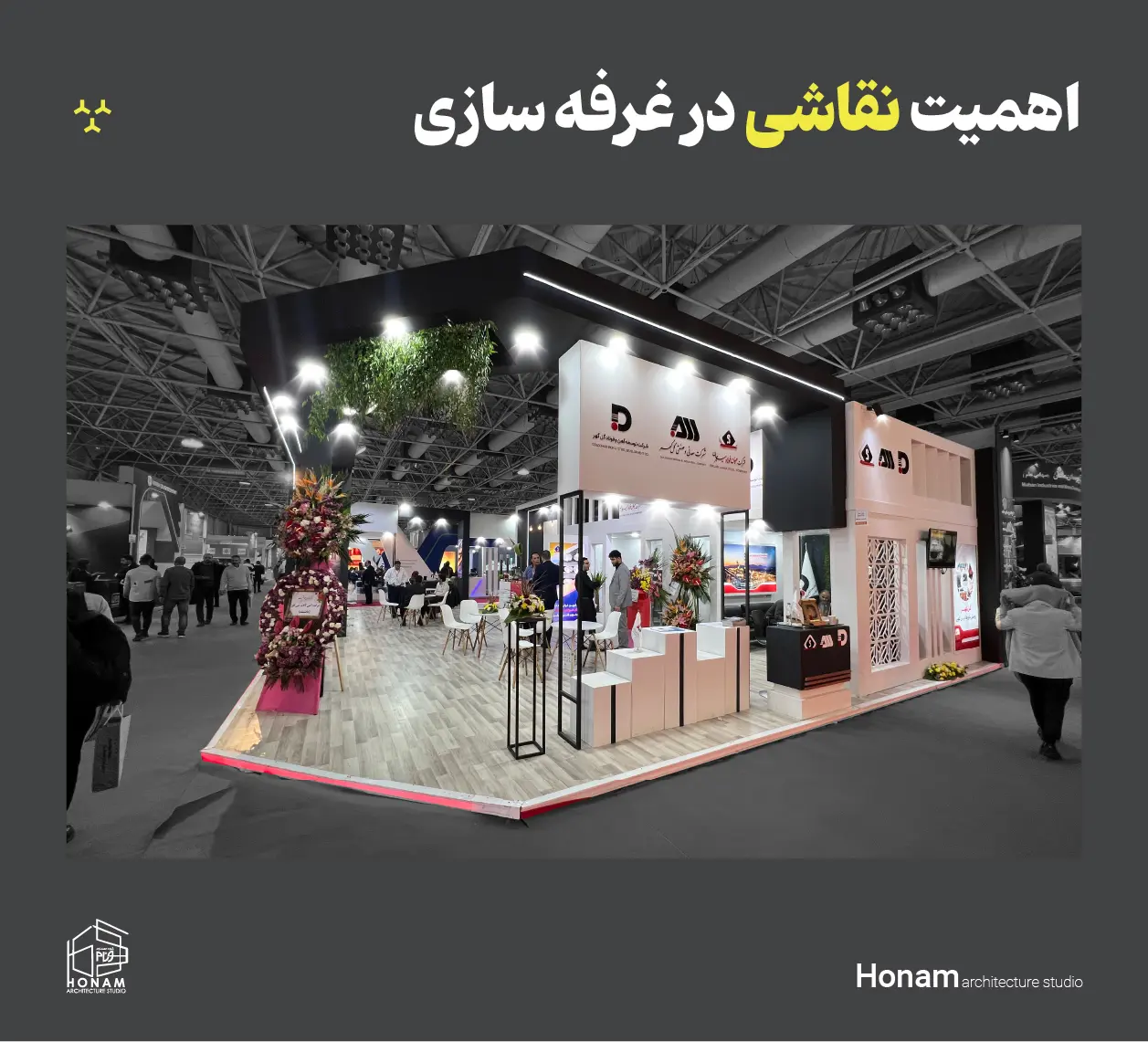
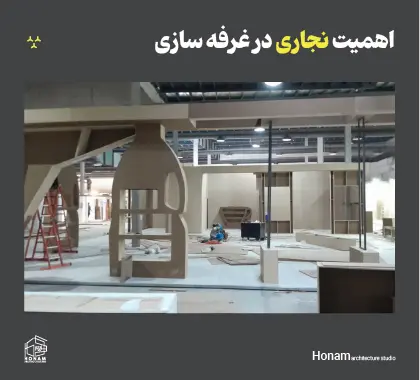
One Response
سلام، این یک دیدگاه است.
برای شروع مدیریت، ویرایش و پاک کردن دیدگاهها، لطفا بخش دیدگاهها در پیشخوان را ببینید.
تصاویر نویسندگان دیدگاه از Gravatar گرفته میشود.